4-Day Family Sightseeing & Culinary Journey in French Riviera for Locals
French Riviera, France
4 days

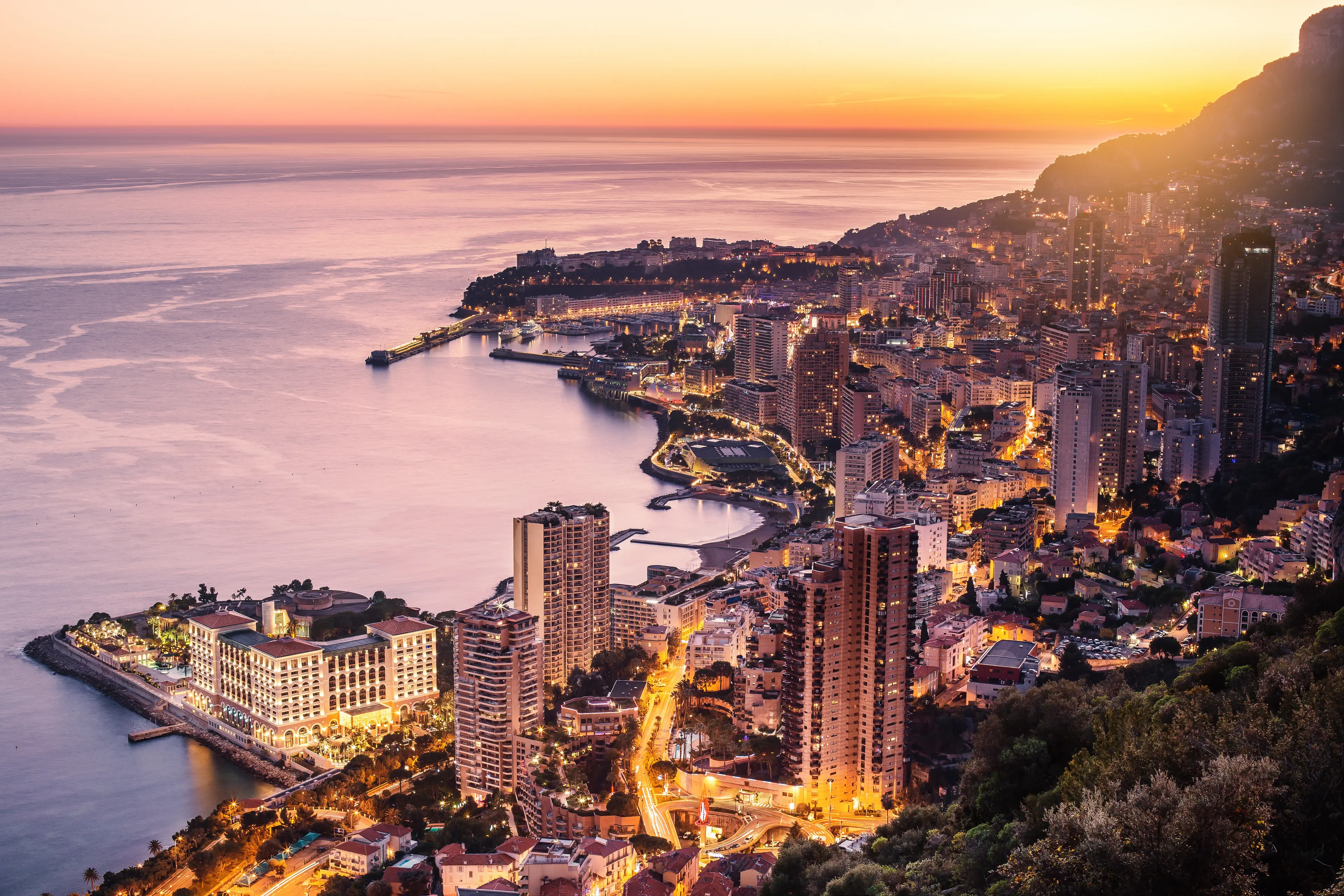

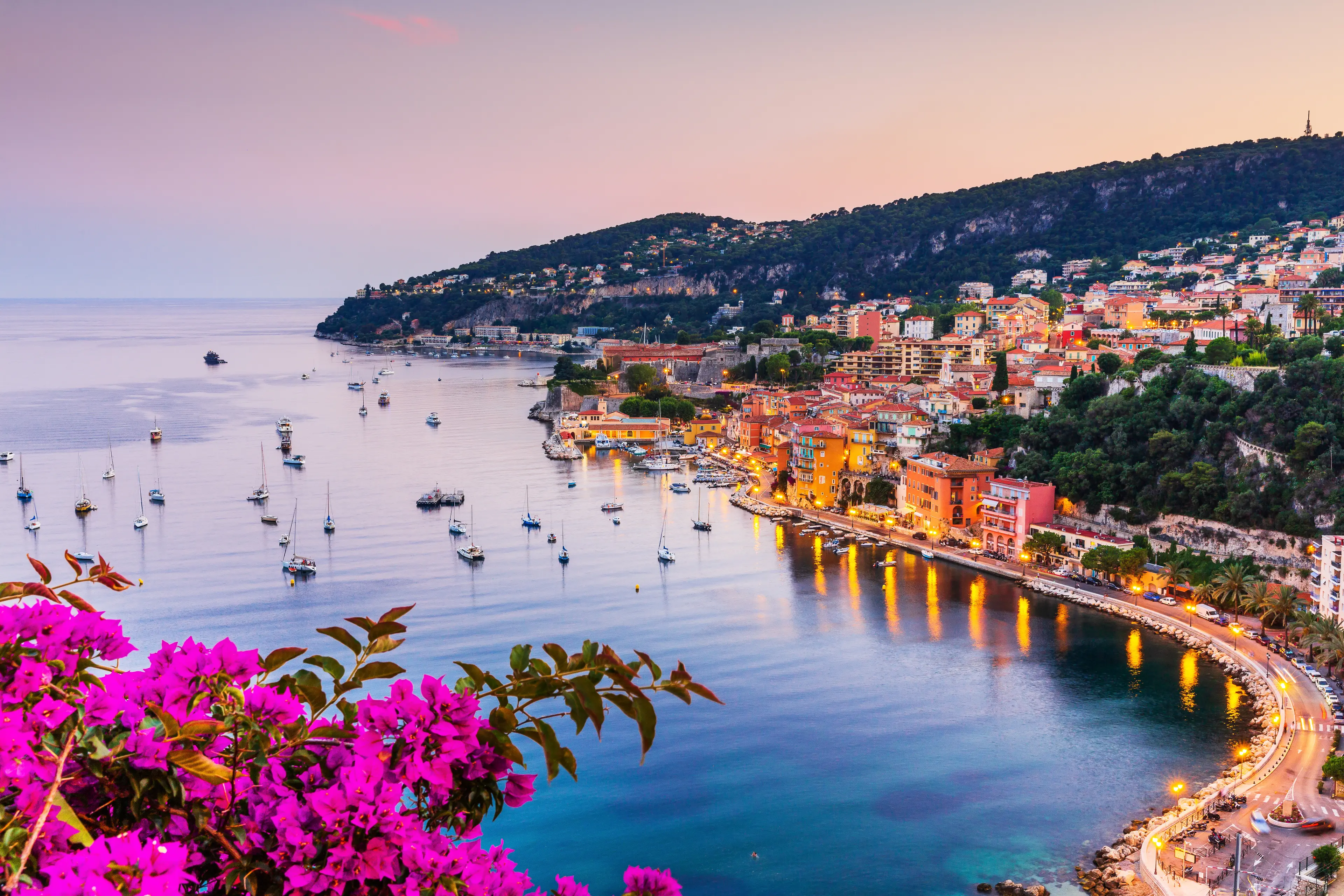
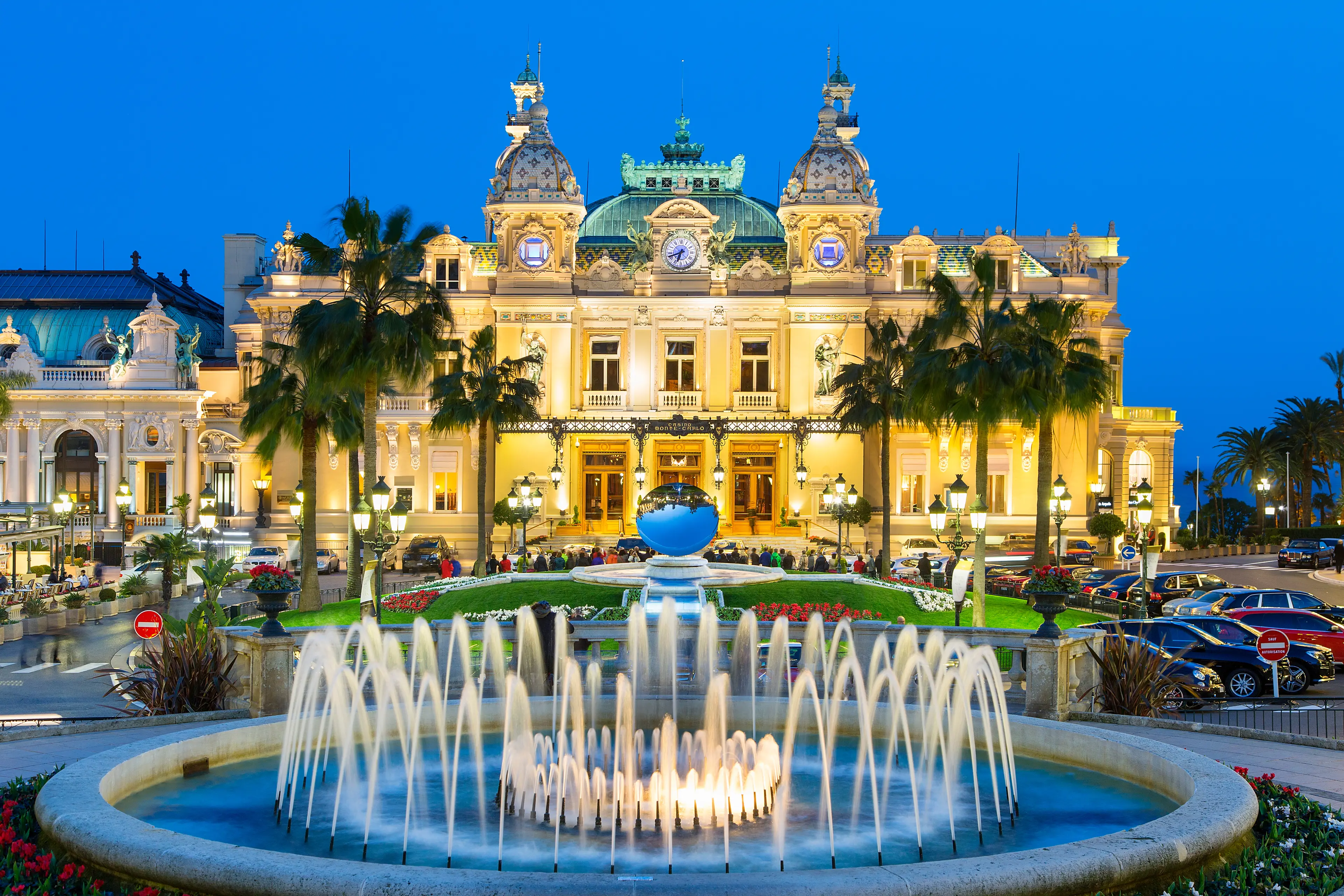
About French Riviera, France
Experience the epitome of luxury and breathtaking beauty in the French Riviera, France. This sun-drenched coastline, also known as Côte d'Azur, is renowned for its glamorous beach resorts like Saint-Tropez and Cannes, home to the world-famous film festival. Explore the vibrant city of Nice with its picturesque markets and the stunning Promenade des Anglais. Visit the opulent city-state of Monaco, a playground for the rich and famous. Discover the charming hilltop villages of Eze and Saint-Paul de Vence, filled with art galleries and panoramic views. Enjoy the Riviera's exquisite cuisine, featuring fresh seafood and Provencal specialties. Whether you're seeking relaxation on pristine beaches, a deep dive into rich culture and history, or a taste of the high life, the French Riviera promises a truly unforgettable journey.
4-Day Itinerary
Day 2
Discovering the Glamour of Cannes
Morning
Start your day in Cannes by visiting the famous La Croisette Boulevard. Enjoy the stunning views of the Mediterranean Sea.
Lunch
Have lunch at a local café in Cannes. Try the fresh seafood, a specialty of the region.
Afternoon
Spend your afternoon exploring the historic Le Suquet district. Visit the Musée de la Castre for its stunning views over the city.
Dinner
Enjoy a delicious dinner at a local restaurant. Try the Bouillabaisse, a traditional Provençal fish stew.
Evening
End your day with a visit to the Palais des Festivals et des Congrès, home of the Cannes Film Festival.
Day 3
Uncovering the Artistic Charm of Antibes
Morning
Begin your day in Antibes with a visit to the Picasso Museum, housed in the Château Grimaldi.
Lunch
Enjoy a leisurely lunch at a local restaurant. Try the Ratatouille, a traditional French Provençal stewed vegetable dish.
Afternoon
Spend your afternoon exploring the old town of Antibes. Visit the Fort Carré and the Antibes Cathedral.
Dinner
Dine at a local restaurant offering a variety of French cuisine. Don't forget to try the local wine.
Evening
Take a leisurely stroll along the Antibes Harbour, enjoying the beautiful views of the Mediterranean Sea.
Day 4
Experiencing the Luxury of Monaco
Morning
Start your day in Monaco by visiting the Prince's Palace. Enjoy the stunning views of the city and the Mediterranean Sea.
Lunch
Have lunch at a local café in Monaco. Try the Barbagiuan, a local specialty.
Afternoon
Spend your afternoon exploring the Oceanographic Museum and the beautiful gardens of Monaco.
Dinner
Enjoy a delicious dinner at a local restaurant. Try the Fougasse, a traditional Monégasque bread.
Evening
End your day with a visit to the famous Monte Carlo Casino. Enjoy the stunning architecture and vibrant atmosphere.
Attractions in Itinerary (14)

1Local market in Nice
A bustling market where locals and tourists alike can find fresh produce, local specialties, and unique souvenirs.

2Old Town of Nice
A vibrant area filled with narrow winding streets, bustling markets, and colorful buildings.

3Promenade des Anglais
Famous seafront avenue offering stunning views of the Mediterranean, lined with palm trees and luxury hotels.

4La Croisette Boulevard
A famous promenade in Cannes, lined with high-end boutiques, cafes, and luxury hotels. It offers stunning views of the Mediterranean Sea and is a popular spot for people-watching during the Cannes Film Festival.
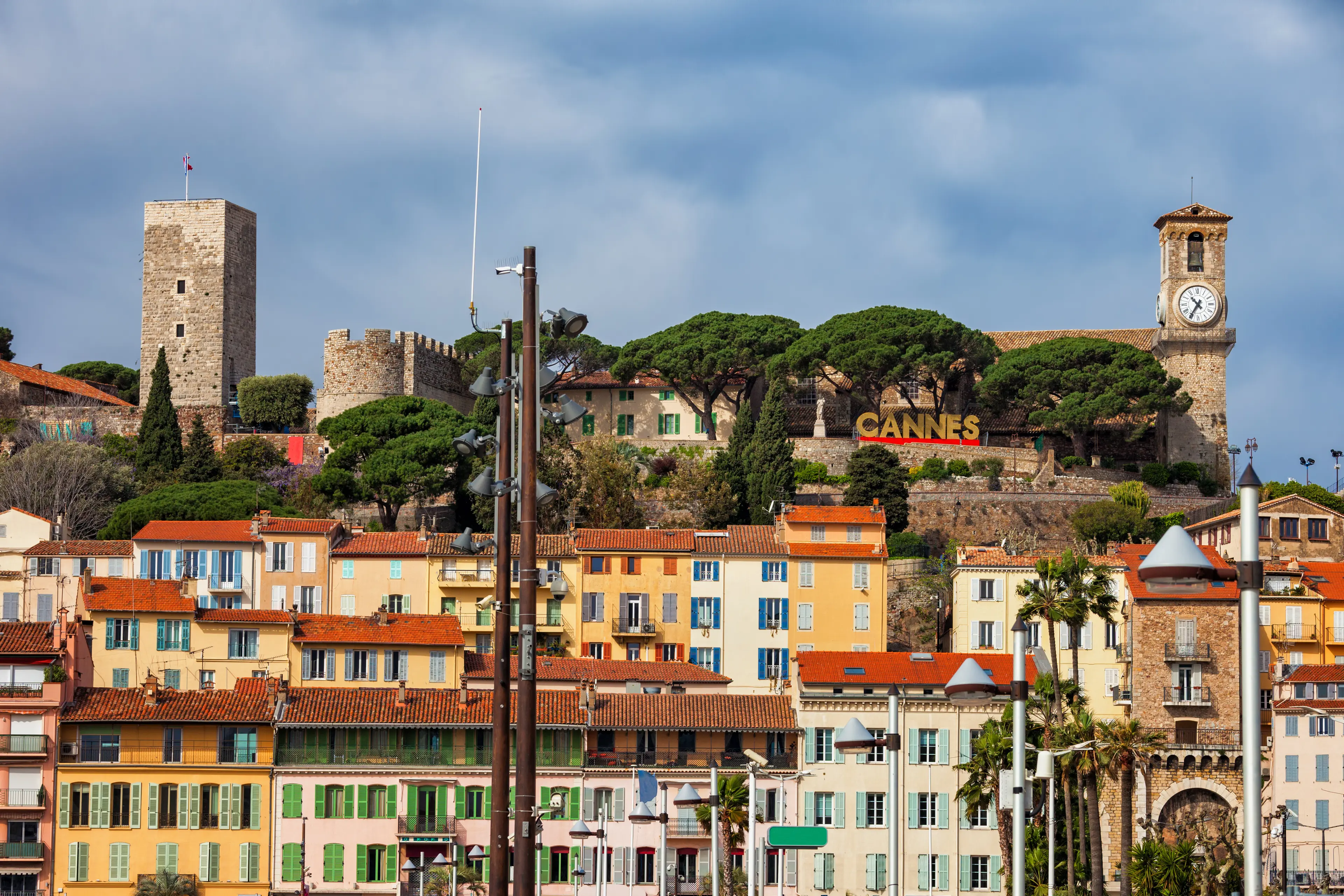
5Le Suquet district
The old quarter of Cannes, known for its narrow winding streets, stunning views, and historic buildings. It's a great place to explore and soak up the local culture.

6Musée de la Castre
A museum located in the old part of Cannes, housing a wide collection of Mediterranean antiquities, pre-Columbian primitive art, and 19th-century Provencal landscape paintings.

7Palais des Festivals et des Congrès
Venue for the annual Cannes Film Festival, featuring a handprint walk of fame.

8Picasso Museum
A museum dedicated to the works of Pablo Picasso, housed in the Château Grimaldi where the artist once lived.

9Fort Carré
Fort Carré, often Fort Carré d'Antibes, is a 16th-century star-shaped fort of four arrow-head shaped bastions, that stands on the outskirts of Antibes, France. The fort has been built on a rock located a little more than 26m above the sea level.
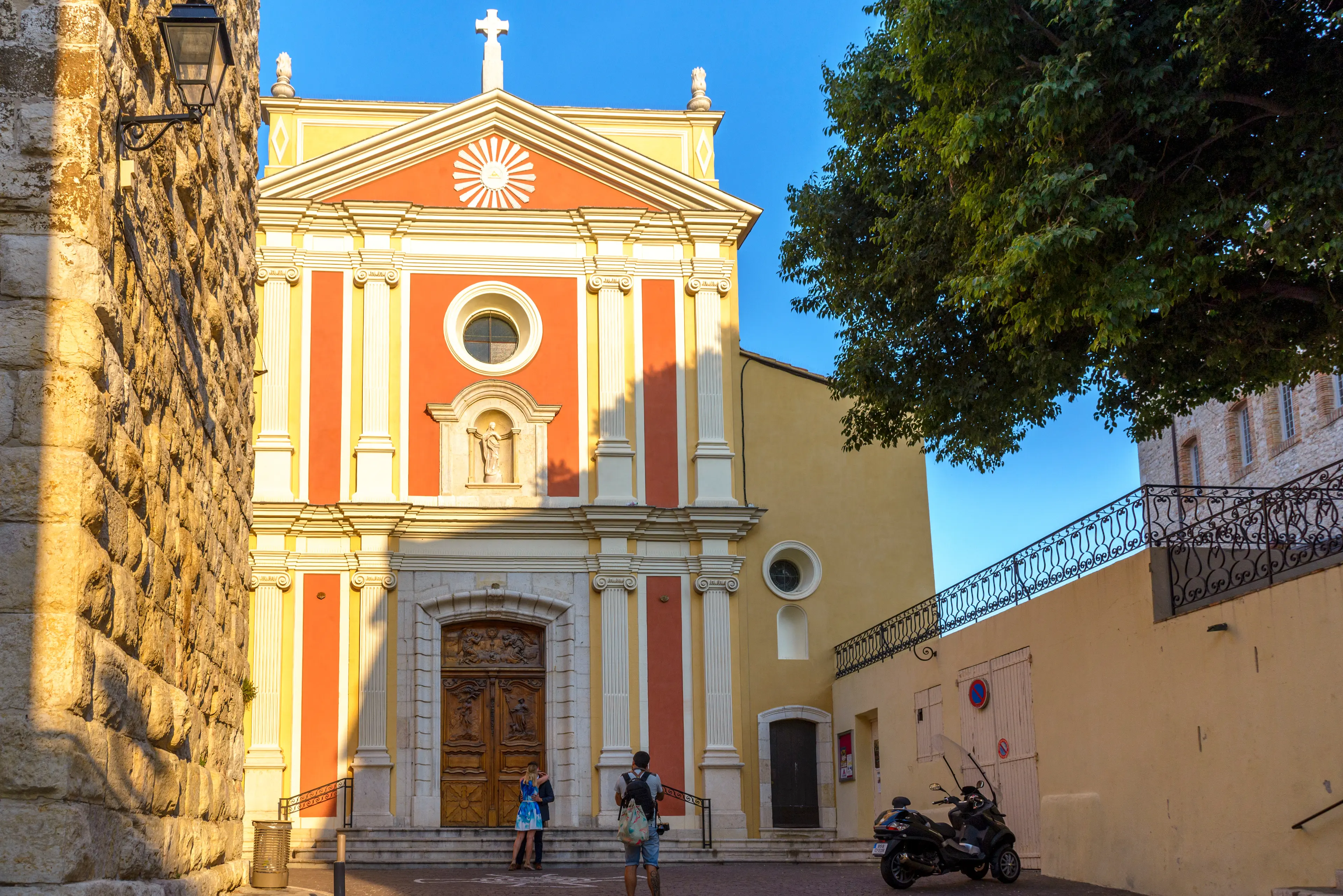
10Antibes Cathedral
The Antibes Cathedral is a Roman Catholic church located in the town of Antibes on the French Riviera. It was built in the 12th century and is known for its beautiful architecture and historical significance.
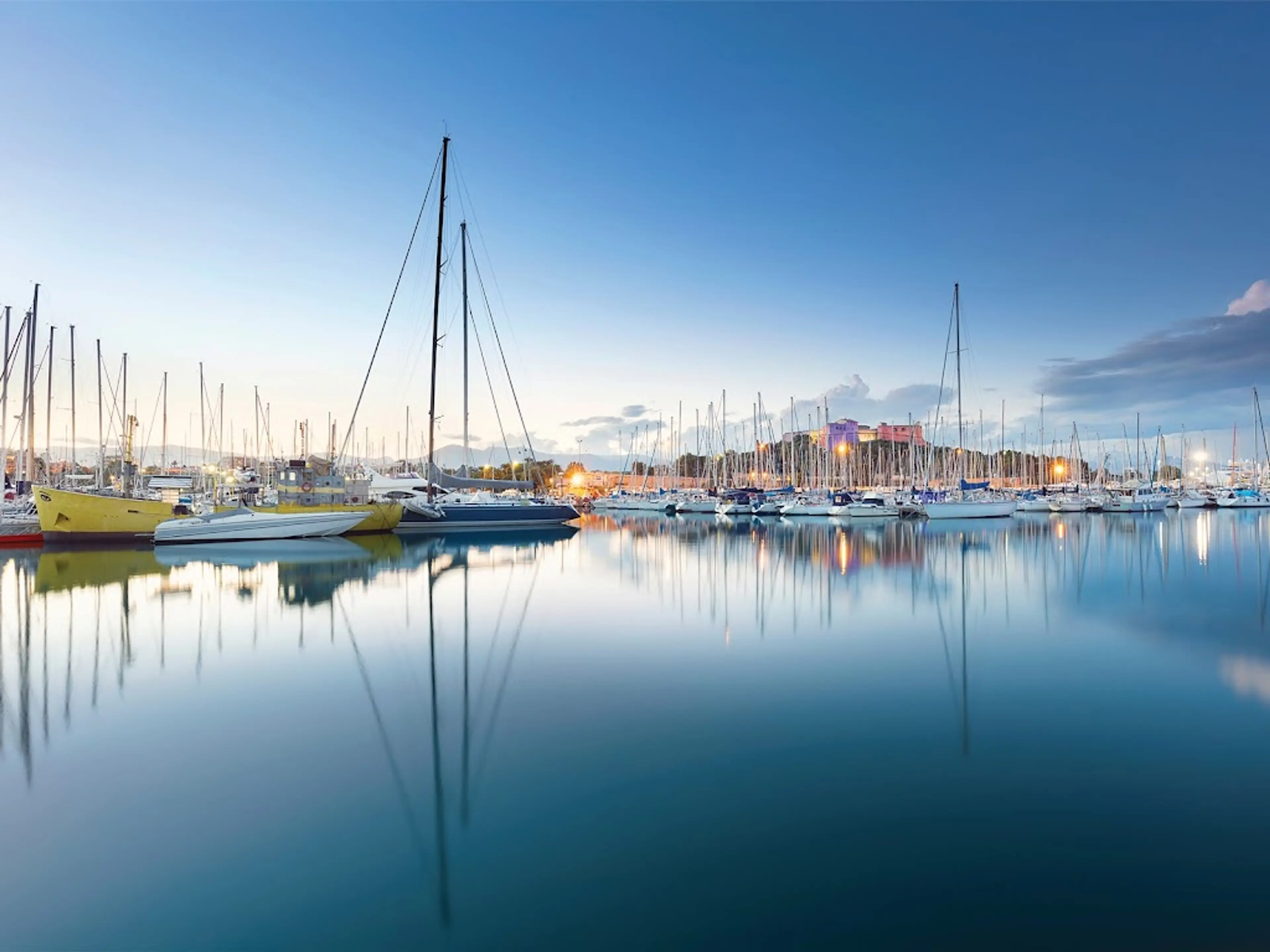
11Antibes Harbour
Antibes Harbour, also known as Port Vauban, is one of the largest yachting harbors in the world. It is a popular tourist attraction offering boat tours and stunning views of the Mediterranean Sea.

12Prince's Palace
The official residence of the Sovereign Prince of Monaco, offering daily changing of the guard ceremony.

13Oceanographic Museum
A museum of marine sciences featuring aquariums and collections of marine fauna.

14Monte Carlo Casino
The Monte Carlo Casino, officially named Casino de Monte-Carlo, is a gambling and entertainment complex located in Monaco. It includes a casino, the Opéra de Monte-Carlo, and the office of Les Ballets de Monte-Carlo. The Casino de Monte-Carlo is owned and operated by the Société des bains de mer de Monaco, a public company in which the Monaco government and the ruling royal family have a majority interest.
Local Food and Drinks (12)
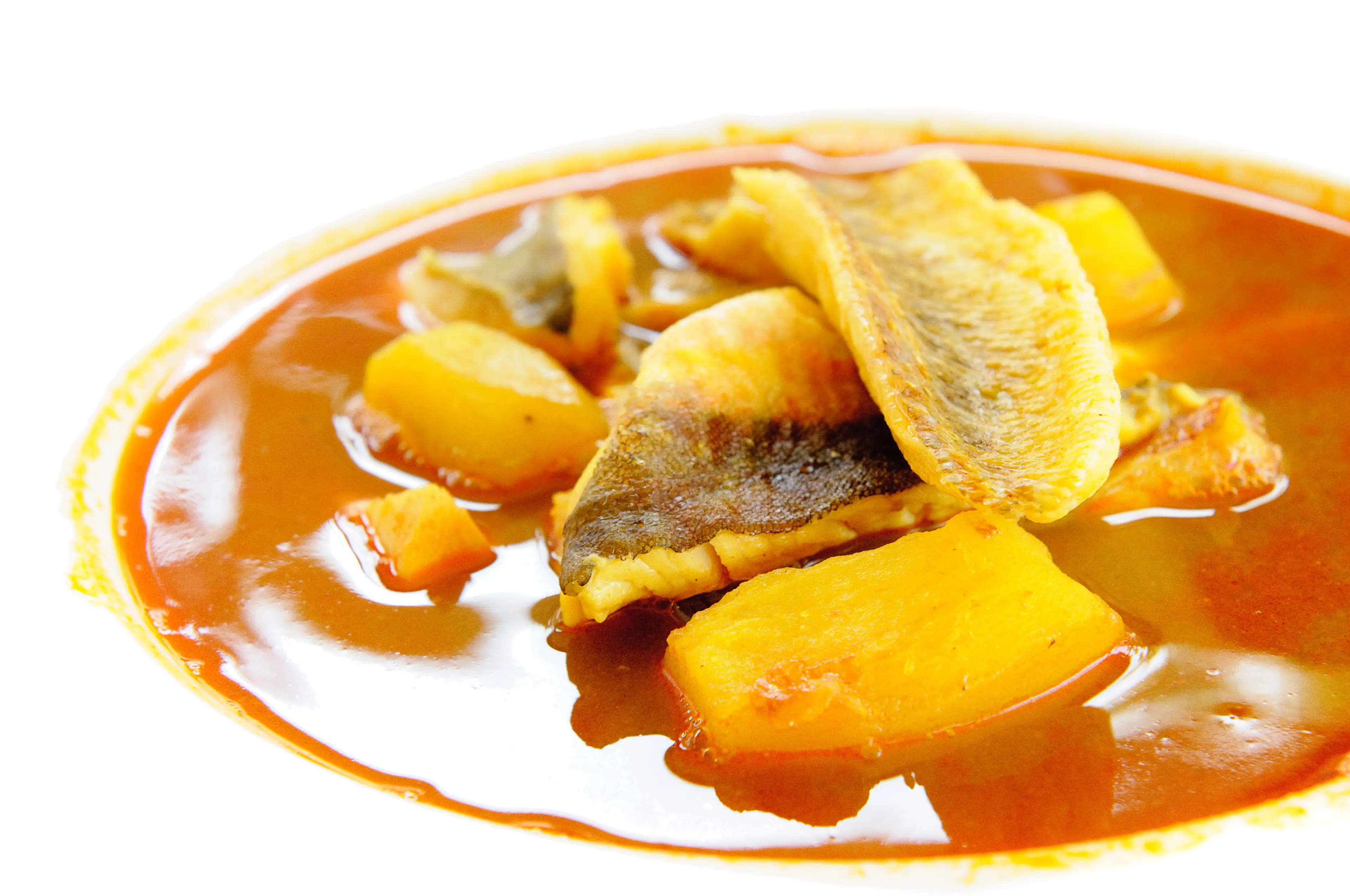
Bouillabaisse
A traditional Provençal fish stew originating from the port city of Marseille, which is not far from the French Riviera. It typically uses three types of fish and various other seafood.
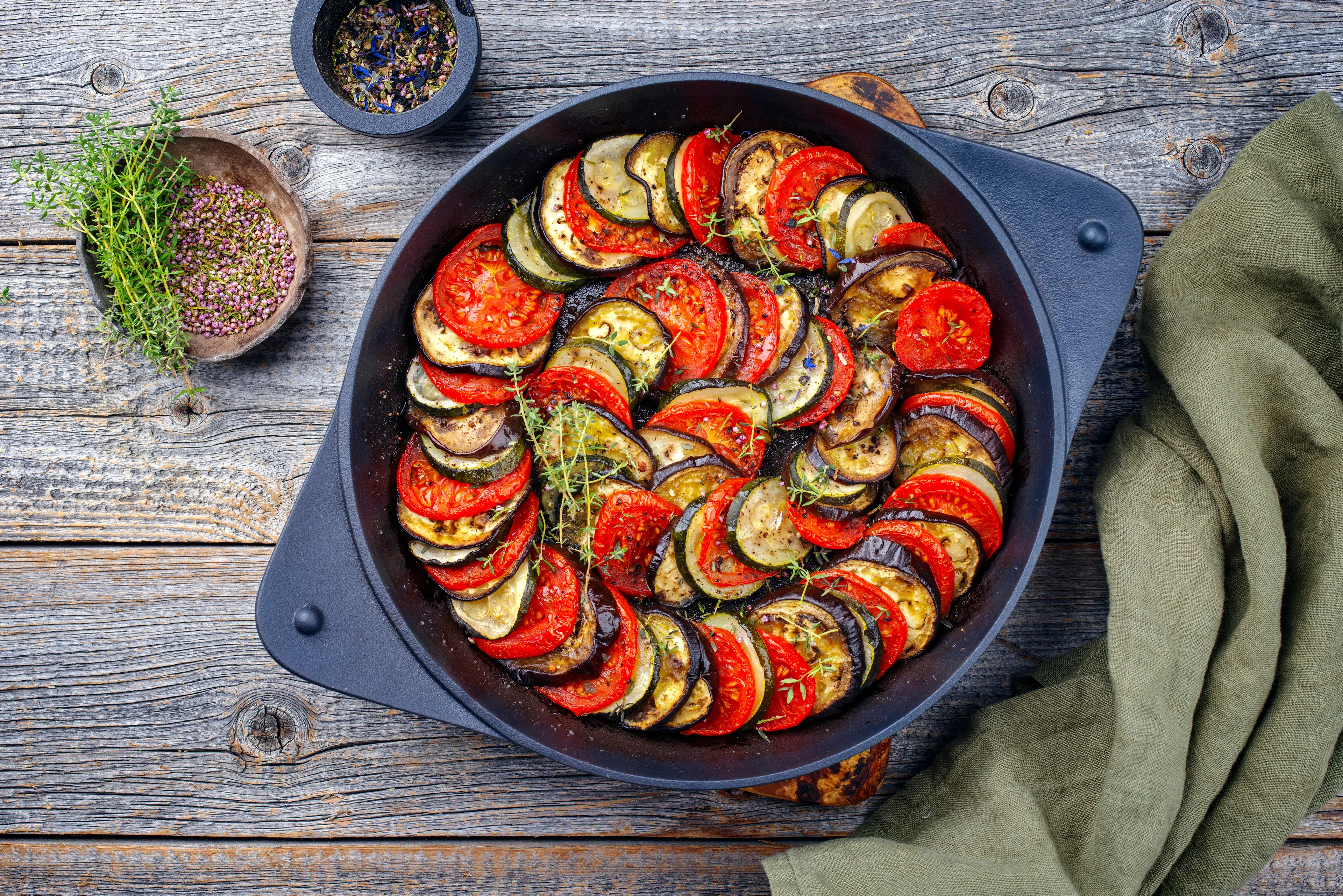
Ratatouille
A vegetable stew consisting of bell peppers, eggplant, zucchini, and tomatoes, which are all abundant in the French Riviera. It's a staple of Provençal cuisine.
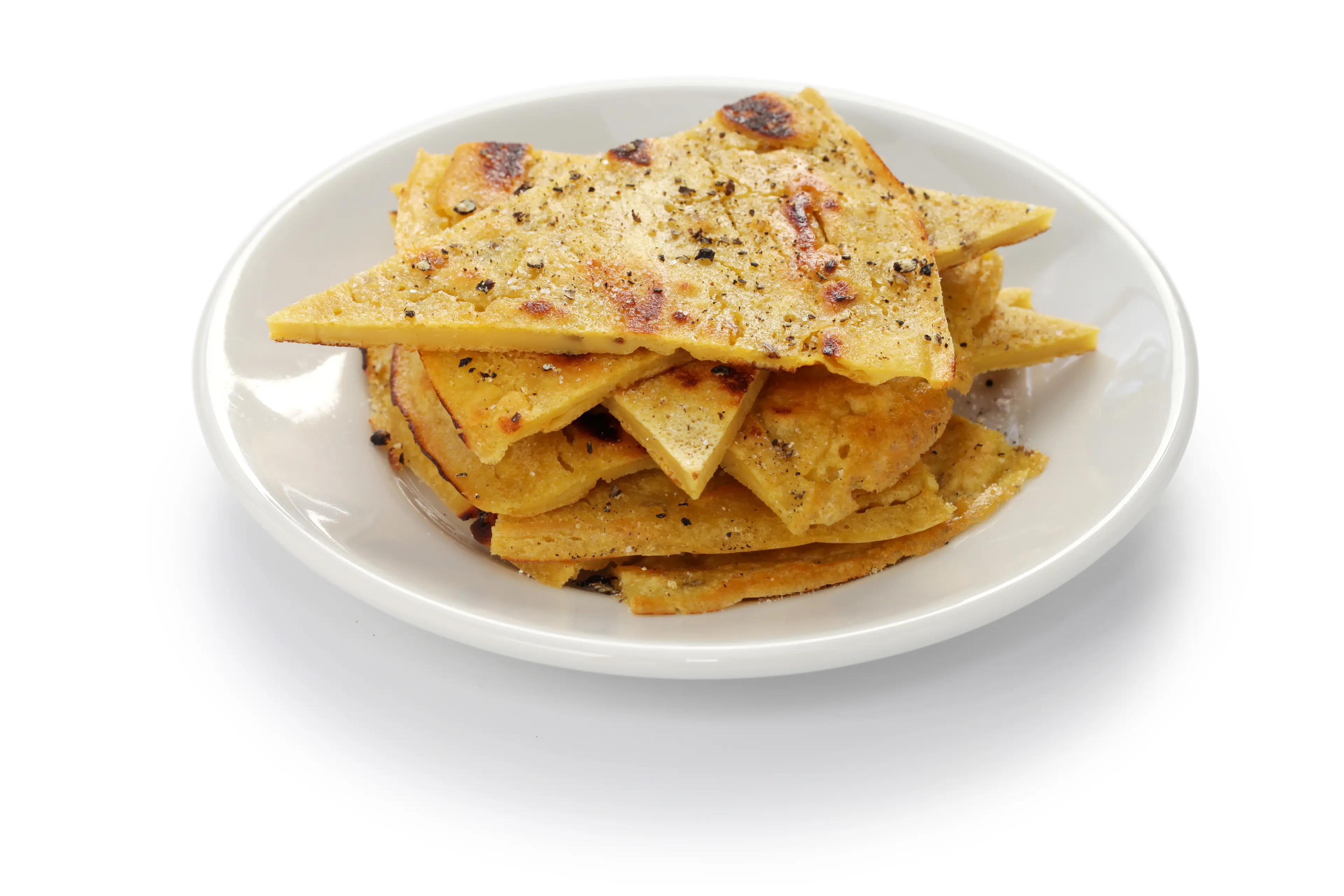
Socca
A simple, savory pancake made from chickpea flour and olive oil. It's a popular street food in Nice, a city in the French Riviera.
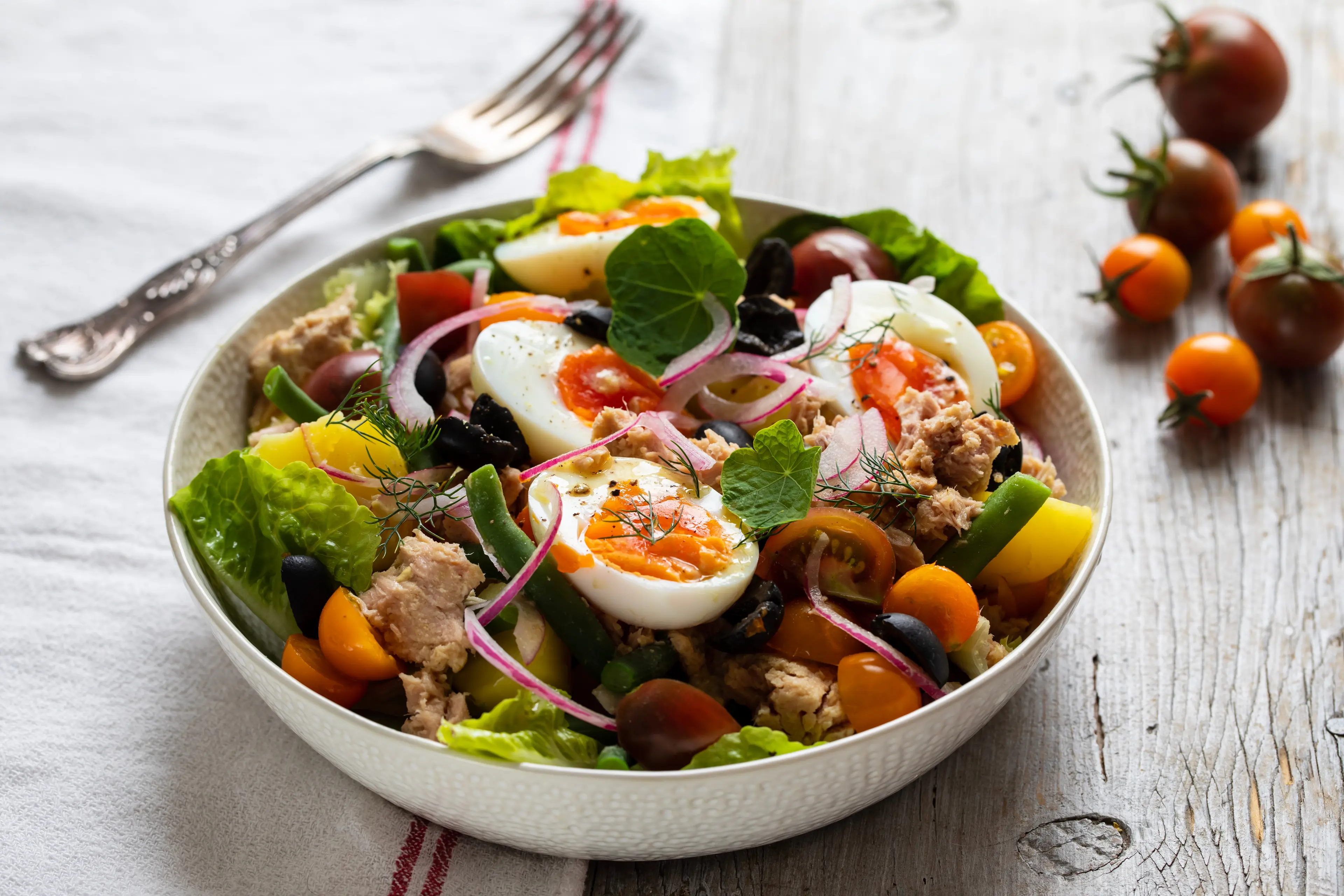
Salade Niçoise
A mixed salad consisting of various vegetables and tuna. It originated in Nice, hence the name.
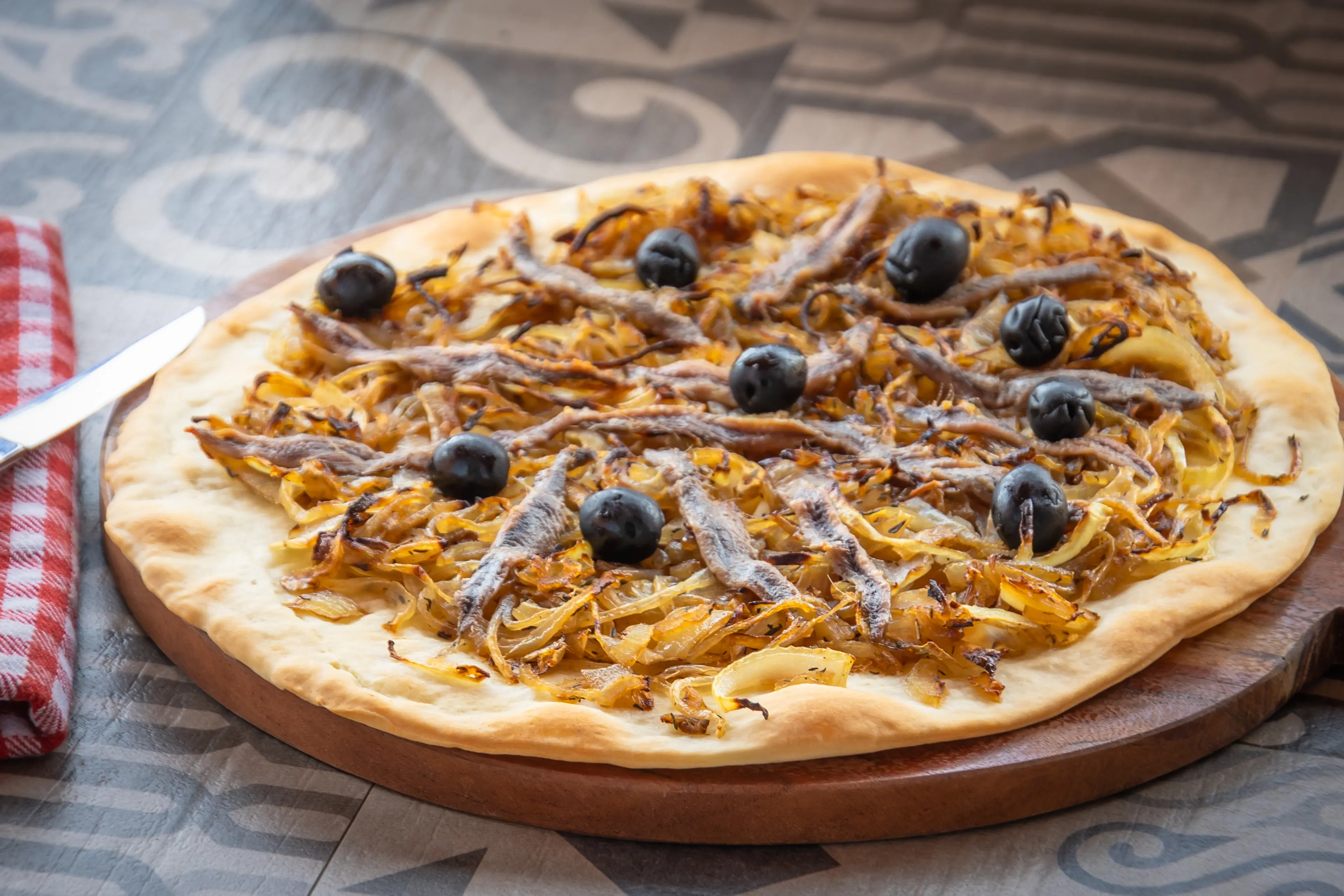
Pissaladière
A pizza-like dish topped with onions, olives, and anchovies. It's a common appetizer in the French Riviera.
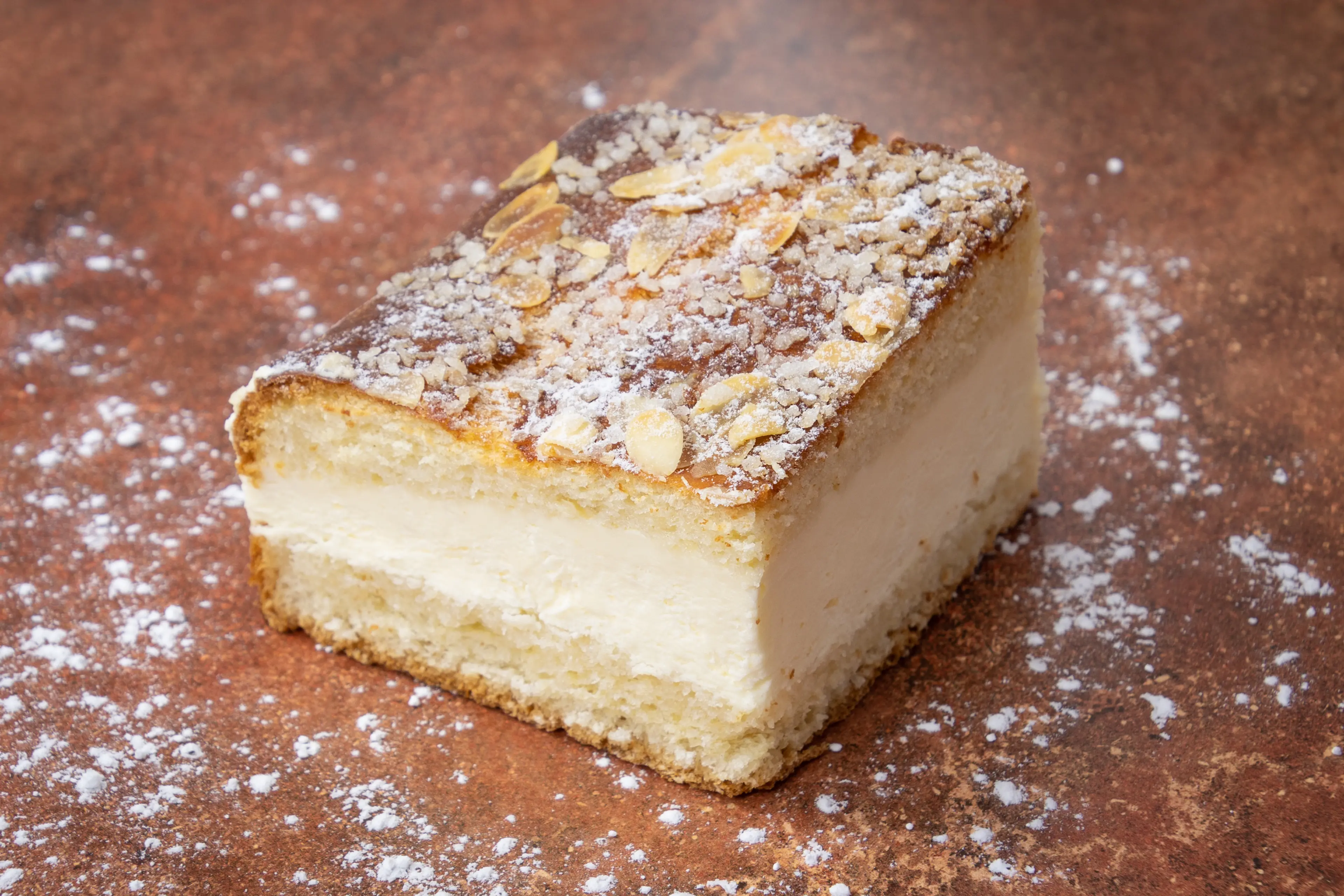
Tarte Tropézienne
A cream-filled pastry that was made famous in Saint-Tropez, a town in the French Riviera.
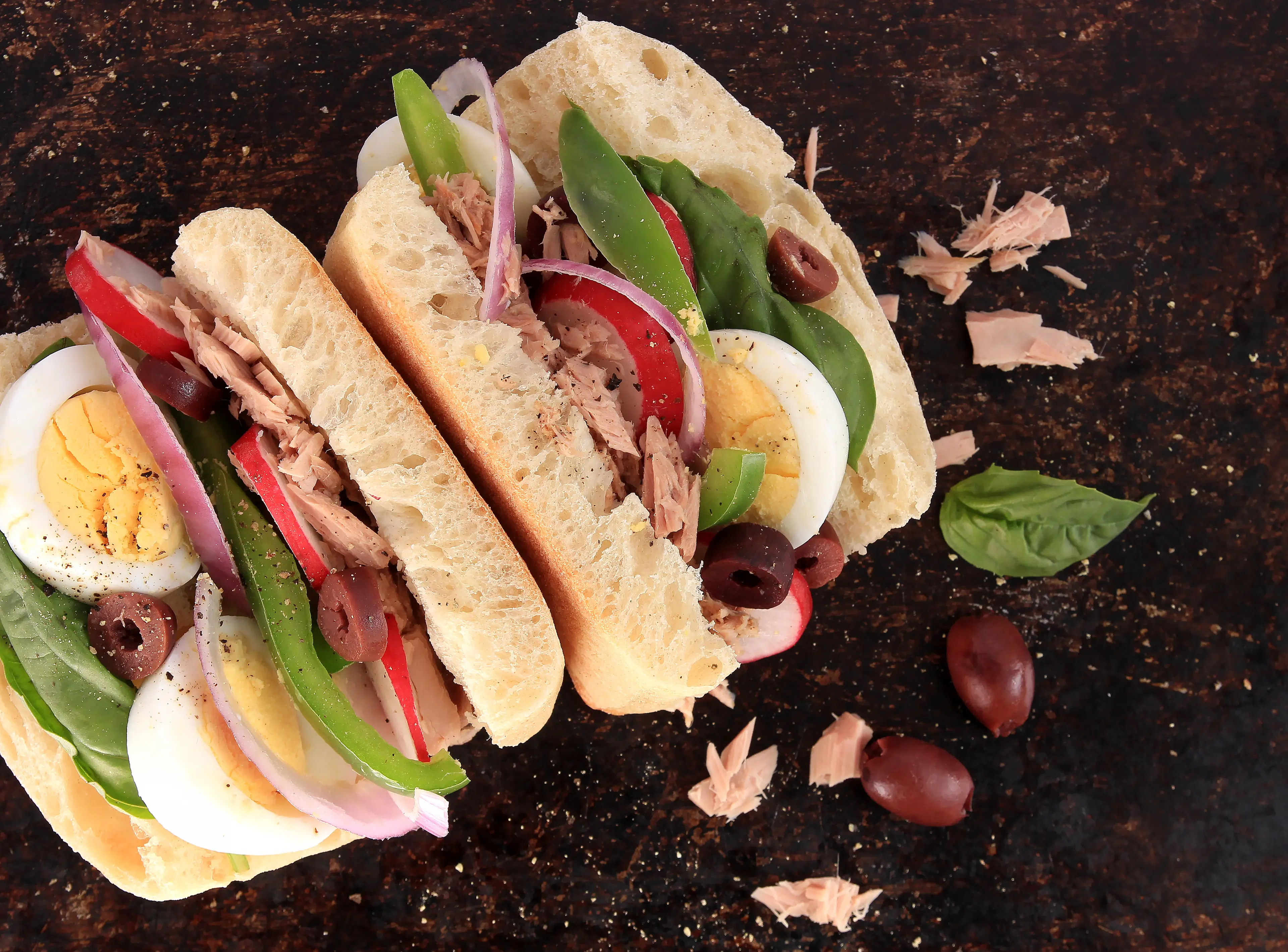
Pan Bagnat
A sandwich that is essentially a Salade Niçoise served in a bread roll. It's a popular picnic food in the French Riviera.
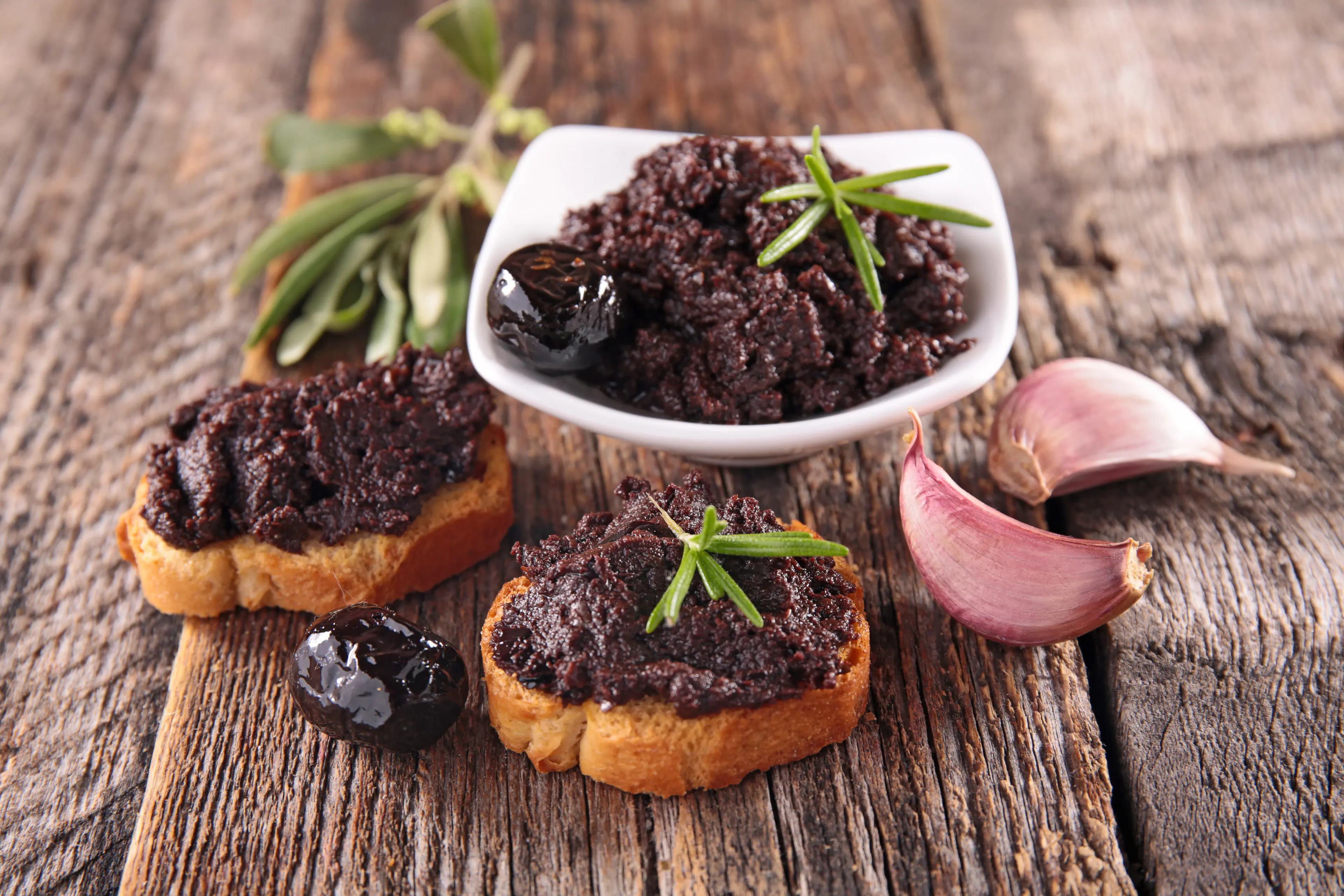
Tapenade
A spread made from olives, capers, and anchovies. It's a common appetizer in the French Riviera.

Rosé wine
A type of wine that is particularly popular in the French Riviera, especially during the summer months.
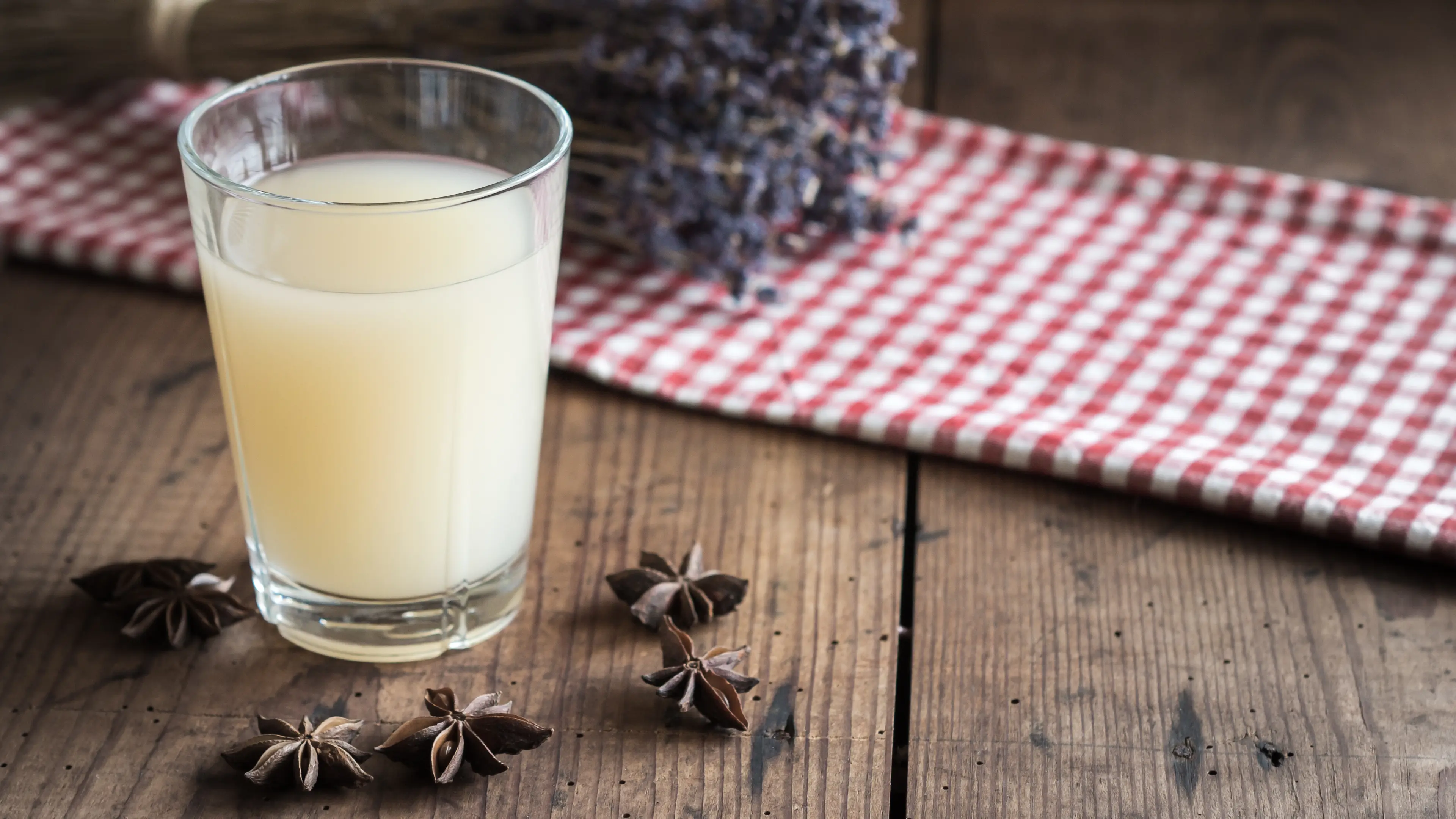
Pastis
An anise-flavored spirit that is often enjoyed as an aperitif in the French Riviera.
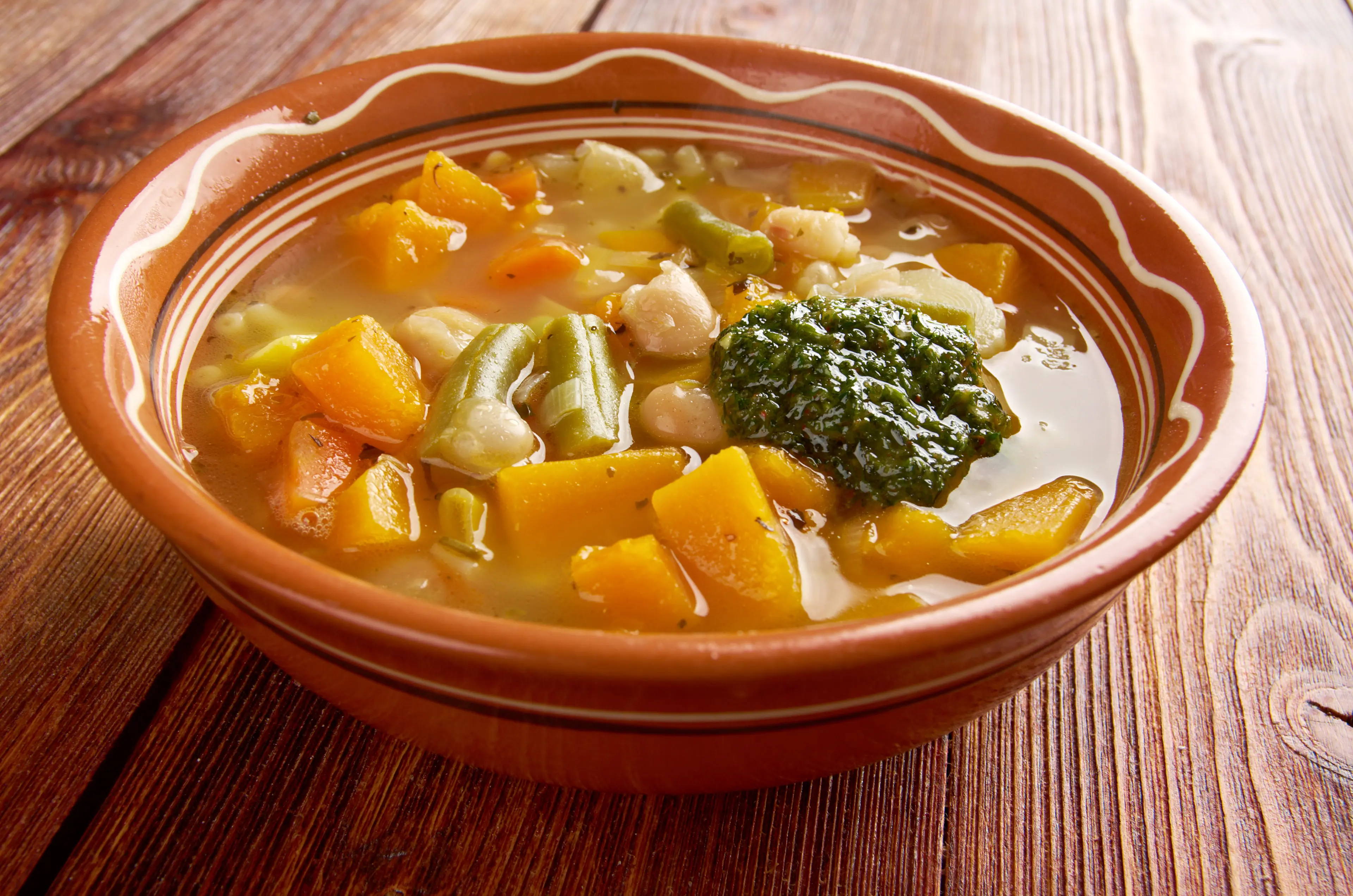
Soupe au Pistou
A vegetable soup with a sauce made from garlic, basil, and olive oil (pistou). It's a typical dish in Provençal cuisine.
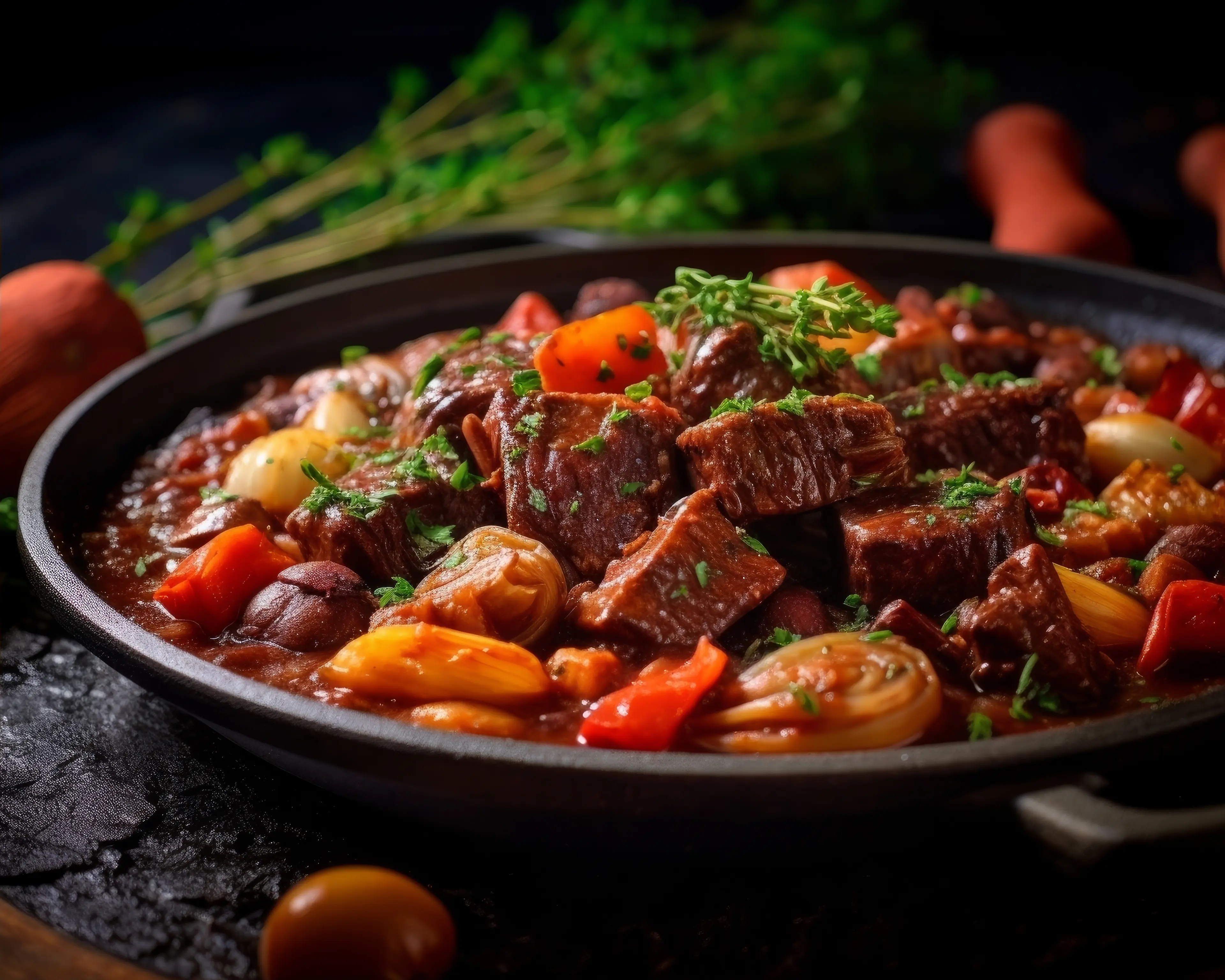
Daube Provençale
A slow-cooked meat stew that is a classic dish in Provençal cuisine, which is the culinary tradition in the French Riviera.
Best time to visit
The best time to visit the French Riviera, France, is typically between April and October. The weather during these months is warm and sunny, perfect for enjoying the beautiful beaches and outdoor activities. However, if you want to avoid the crowds, especially in popular destinations like Nice or Cannes, consider visiting during the shoulder seasons, which are April to June and September to October. These periods offer pleasant weather and fewer tourists. The summer months of July and August can be quite busy due to European holidays.
How to get around
Car Rental
Renting a car is a popular choice for getting around the French Riviera. It provides the flexibility to explore the region at your own pace. There are numerous car rental agencies available at the airport and in the city centers. Remember to keep some change for the toll roads.
Train
The French Riviera is well-served by the SNCF train network. The main line, known as the "Ligne d'Azur", runs along the coast and stops at most of the major towns and cities. It's a quick and efficient way to travel, especially during peak season when the roads can be busy. At Ligne d'Azur office, you can ask for a card that will give you an access to all public transportation. You can recharge that card anytime you want.
Bus
The French Riviera has an extensive bus network that connects all the major towns and cities. The Lignes d'Azur network operates in Nice and its surrounding areas, while the Zou! network covers the rest of the region. Buses are a cost-effective way to travel, but can be slower than other methods.
Bicycle
Cycling is a popular way to get around the French Riviera, especially in the smaller towns and rural areas. There are numerous bike rental shops, and many towns have dedicated cycle paths. It's a great way to enjoy the region's beautiful scenery.
Taxi
Taxis are readily available in all major towns and cities in the French Riviera. They can be hailed on the street, booked by phone, or picked up from designated taxi ranks. They're a convenient option for short journeys or if you're carrying heavy luggage.
Ridesharing
Ridesharing services like Uber are available in the French Riviera, particularly in larger cities like Nice and Cannes. It's a convenient and often cheaper alternative to taxis. You'll need to download the app and have an internet connection to book a ride.
Boat
Boats and ferries are a fun way to get around the French Riviera. There are regular services between towns like Cannes, Nice, and Saint-Tropez, as well as to the islands off the coast. It's a great way to enjoy the region's stunning coastline.
Tram
Nice has a modern tram network that covers the city center and extends to the suburbs. It's a quick, efficient, and eco-friendly way to get around. Tickets can be purchased at tram stops and must be validated on board.
Foot
Many of the towns and cities in the French Riviera are compact and pedestrian-friendly. Walking is often the best way to explore, especially in areas like Nice's Old Town or the narrow streets of Saint-Paul de Vence.
Important information
Currency€ EUR
Time zoneUTC+1
Driving sideRight
Emergency phoneAmbulance: 112, 15; Fire: 112, 18; Police: 112, 17
Drinking waterYes
Power sockets
Voltage230 V
Things to know about French Riviera, France as a first time visitor
1
The French Riviera, also known as the Côte d'Azur, is located in the southeastern part of France along the Mediterranean Sea.
2
The region is known for its mild Mediterranean climate, with warm summers and mild winters. Average temperatures range from 50-60°F (10-15°C) in winter to 70-80°F (20-27°C) in summer.
3
French is the official language, but English is widely spoken in tourist areas.
4
The currency used is the Euro (€). Credit cards are widely accepted, but it's always good to have some cash on hand for smaller establishments or tips.
5
Tipping is not mandatory in France as service charge is included in your bill, but it is customary to leave small change if you're satisfied with the service.
6
Public transportation is efficient and includes trains, buses, and trams. Consider getting a transport pass for unlimited travel.
7
Driving can be challenging due to heavy traffic and narrow roads. If you rent a car, remember that driving is on the right side of the road.
8
The French Riviera is generally safe, but like any tourist destination, be aware of your surroundings and watch out for pickpockets in crowded areas.
9
The region is known for its glamorous lifestyle, so pack some smart casual and formal wear if you plan to visit upscale restaurants or attend events.
10
The French Riviera is not just for the rich and famous. There are plenty of free or low-cost activities like hiking, visiting local markets, or simply enjoying the beaches.
11
The region is famous for its cuisine, especially seafood and dishes like bouillabaisse and ratatouille. Don't miss out on trying local specialties.
12
The French Riviera is in the Central European Time Zone (CET), which is 1 hour ahead of Coordinated Universal Time (UTC+1).
13
The region is home to many festivals and events throughout the year, including the Cannes Film Festival and Nice Carnival. Check the local calendar before your visit.
14
Shops usually open from 9am to 7pm, with a break for lunch between 12pm and 2pm. Many smaller shops and restaurants may be closed on Sundays and Mondays.
15
Pharmacies are easily identifiable by their green crosses. Note that not all medicines available over the counter in other countries will be available without a prescription in France.
16
The tap water is safe to drink, but bottled water is widely available if you prefer.
17
The standard voltage in France is 230 V and the frequency is 50 Hz. You may need a power plug adapter or voltage converter.
18
Public restrooms may require a small fee for use. They are usually clean and well-maintained.
19
It's customary to greet people with a kiss on both cheeks, starting with the right. However, a handshake is common in formal situations.
20
Remember to say 'Bonjour' (Good day) in the morning or 'Bonsoir' (Good evening) after sunset when entering shops or restaurants. It's considered polite and is appreciated by the locals.
Basic French to know as a first time visitor
English phrase | Native phrase | Pronunciation | When to use it |
|---|---|---|---|
Hello | Bonjour | bon-zhoor | Greeting someone |
Goodbye | Au revoir | oh reh-vwar | Leaving or saying goodbye |
Please | S'il vous plaît | see voo play | Making a request |
Thank you | Merci | mehr-see | Expressing gratitude |
Yes | Oui | wee | Agreeing or affirming |
No | Non | nohn | Disagreeing or negating |
Excuse me | Excusez-moi | ex-koo-zay mwah | Getting attention or apologizing |
I'm sorry | Je suis désolé | zhe swee day-zo-lay | Apologizing |
Do you speak English? | Parlez-vous anglais? | par-lay voo ahn-glay | Asking if someone speaks English |
I don't understand | Je ne comprends pas | zhe ne kom-prahn pah | Communicating lack of comprehension |
Where is...? | Où est...? | oo eh | Asking for directions |
Bathroom | Toilettes | twah-let | Asking for the restroom |
Help | Aide | ed | In case of emergency |
Food | Nourriture | noo-ree-toor | Talking about meals |
Water | Eau | oh | Requesting for water |
Check, please | L'addition, s'il vous plaît | la-dee-syon, see voo play | Asking for the bill at a restaurant |
How much does it cost? | Combien ça coûte? | komb-yen sah koot | Asking for the price |
I would like... | Je voudrais... | zhe voo-dray | Making a request or order |
Good night | Bonne nuit | bon nwee | Saying goodbye in the evening |
Cheers | Santé | sahn-tay | Making a toast |
Packing List
Clothing
Lightweight clothing
Swimwear
Beach cover-up
Evening wear
Underwear
Socks
Comfortable walking shoes
Sandals
Sunglasses
Hat for sun protection
Light jacket or sweater
Toiletries
Travel-sized shampoo and conditioner
Body wash or soap
Toothbrush and toothpaste
Deodorant
Razor and shaving cream
Sunscreen
After-sun lotion
Makeup and makeup remover
Hairbrush or comb
Prescription medications
Travel documents and essentials
Passport
Driver's license or ID card
Credit and debit cards
Travel insurance documents
Hotel and car rental reservations
Emergency contact information
French phrasebook or dictionary
Electronics and gadgets
Smartphone
Charger for smartphone
Headphones
Camera
Charger for camera
Travel adapter for French outlets
Portable power bank
Miscellaneous items
Beach bag
Beach towel
Books or e-books for leisure reading
Travel pillow and blanket
Snacks
Bottled water
Umbrella
Travel-sized laundry detergent
Weather Conditions
The French Riviera, also known as the Côte d'Azur, is known for its mild Mediterranean climate. This means you can expect warm, dry summers and mild, wet winters. In the peak summer months of July and August, temperatures can reach up to 86°F (30°C), so be sure to pack lightweight clothing, sunscreen, and a hat to protect yourself from the sun. The sea is also warm enough for swimming during this time, with water temperatures averaging around 75°F (24°C). In the cooler months from November to March, temperatures can drop to around 50°F (10°C), so it's advisable to pack warmer clothing. Rain is more frequent during this period, so don't forget your umbrella. Despite the rain, the winter months can still offer plenty of sunshine and the crowds are fewer. Spring and autumn are beautiful times to visit the French Riviera. The temperatures during these seasons are usually very comfortable, ranging between 60°F and 75°F (15°C and 24°C). These seasons also see fewer tourists, so it's a great time to explore the region without the summer crowds. Regardless of when you visit, it's always a good idea to check the local weather forecast before your trip. This will help you pack appropriately and plan your activities. Remember, the weather can change quickly, especially in the mountains and along the coast, so it's always good to be prepared. Lastly, don't forget to enjoy the beautiful blue skies and sunshine that the French Riviera is famous for. Whether you're lounging on the beach or exploring the charming towns, the weather is sure to be a highlight of your trip.
| Month | Hi / Lo (°C) | Weather Overview |
|---|---|---|
January | 15° / 4° | January is the coldest month in the French Riviera, but it's still relatively mild with occasional rainfall. |
February | 15° / 5° | February is slightly warmer than January, with a mix of sunny and rainy days. |
March | 17° / 7° | March sees the beginning of spring, with more sunshine and slightly warmer temperatures. |
April | 20° / 10° | April is a pleasant month with more sunny days, perfect for outdoor activities. |
May | 24° / 14° | May is a beautiful month to visit, with warm temperatures and plenty of sunshine. |
June | 28° / 18° | June marks the beginning of summer, with long sunny days and warm temperatures. |
July | 31° / 21° | July is the hottest month, perfect for beach activities and enjoying the Mediterranean Sea. |
August | 31° / 21° | August is equally hot as July, with lots of sunshine and blue skies. |
September | 28° / 18° | September is a great month to visit, with less crowd and still warm temperatures. |
October | 24° / 14° | October sees the beginning of autumn, with mild temperatures and fewer tourists. |
November | 20° / 10° | November is a bit cooler, but still pleasant for sightseeing and other activities. |
December | 16° / 6° | December is cooler with shorter days, but the festive atmosphere makes it a unique time to visit. |
Did you know?
Places near by French Riviera, France

Saint-Paul de Vence
Medieval hilltop village famous for its modern and contemporary art museums.

Grasse
World's perfume capital with several perfume factories and museums.

Monaco
A small independent city-state on France's Mediterranean coastline known for its upscale casinos, yacht-lined harbor and prestigious Grand Prix motor race.

Verdon Gorge
Europe's most beautiful river canyon, offering outdoor activities like hiking, kayaking and rock climbing.

Aix-en-Provence
City of water and art, famous for its historical and cultural heritage.

San Remo
Italian resort town known for its casino, its annual song festival, and its old world charm.

Portofino
Italian fishing village and holiday resort famous for its picturesque harbour and historical association with celebrity and artistic visitors.

Genoa
Italy's largest sea port is unashamedly authentic, has world class art and architecture.

Pisa
Famous for its iconic Leaning Tower.

Marseille
Port city in southern France, known for its diverse culture and cuisine.

Cinque Terre
Five idyllic fishing villages carved into the rugged cliffs of the Italian Riviera.